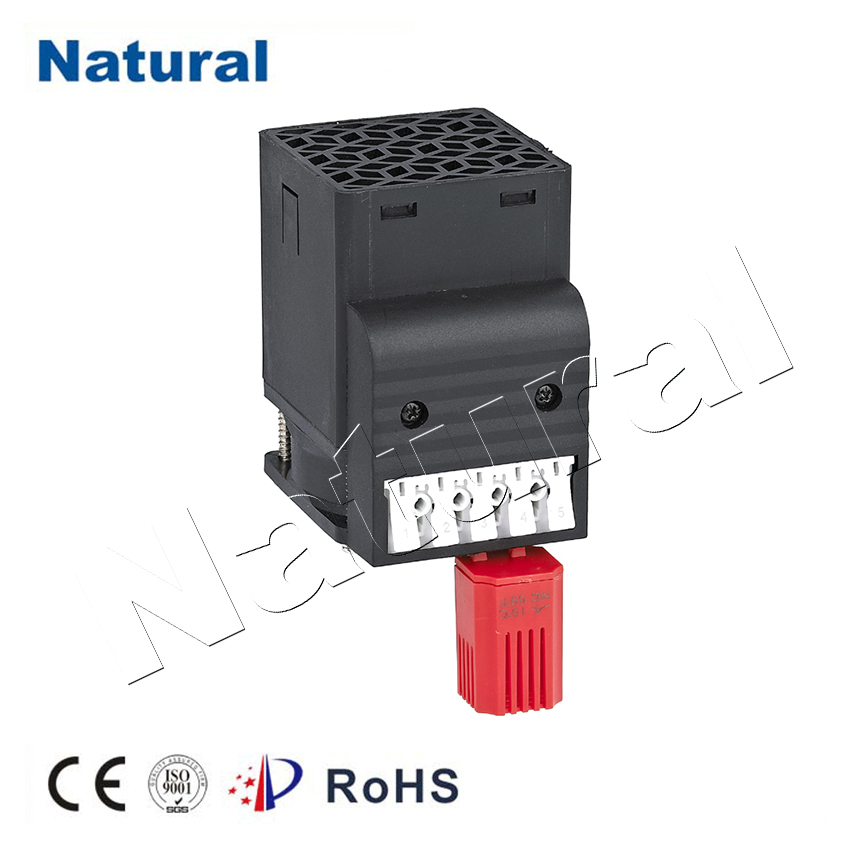In today’s fast-paced world, technology continues to redefine the way we live our lives, even in the most mundane aspects of daily living. One such innovation that has significantly impacted our comfort and energy efficiency is the heating thermostat. Heating thermostats have come a long way from their humble beginnings, and in this article, we will explore their evolution and how they have revolutionized the way we control and manage our home heating systems.

The Birth of Heating Thermostats Before we delve into the modern marvels of heating thermostats, let’s take a step back in time to understand their origins. The concept of a thermostat dates back to the 17th century when Cornelis Drebbel, a Dutch engineer, invented the mercury thermostat. This early device used the expansion and contraction of mercury in response to temperature changes to control a furnace. While rudimentary compared to today’s standards, it was a significant step in the right direction. The Digital Age: Programmable Thermostats The real breakthrough in heating thermostat technology came with the advent of the digital age. In the late 20th century, programmable thermostats hit the market, offering users the ability to schedule heating cycles to match their daily routines. These devices not only improved comfort but also promised energy savings by reducing heating when it wasn’t needed. Programmable thermostats allowed homeowners to set different temperature levels for different times of the day, enabling them to lower the heat while asleep or at work and raise it when they returned home. This resulted in reduced energy consumption and lower utility bills, making them a welcome addition to households worldwide. Smart Thermostats: The Future of Home Comfort As technology continued to advance, the world witnessed the rise of smart thermostats. These devices take heating control to a whole new level by leveraging Wi-Fi connectivity and artificial intelligence. Smart thermostats, like the popular Nest and Ecobee models, allow homeowners to control their heating remotely through smartphone apps or voice commands via virtual assistants like Amazon Alexa or Google Assistant. One of the most significant advantages of smart thermostats is their ability to learn from user preferences and adapt heating schedules accordingly. They utilize algorithms to analyze your behavior, detect patterns, and adjust settings to optimize comfort and energy efficiency. For example, if you tend to lower the temperature at night, a smart thermostat will learn this habit and make the adjustment automatically, sparing you the need to program it manually. Additionally, smart thermostats provide valuable insights into energy consumption. They offer detailed reports on heating usage, helping homeowners identify areas where they can further reduce energy waste and save money. Some even provide weather forecasts to fine-tune heating settings based on anticipated temperature changes. Energy Efficiency and Environmental Impact The impact of heating thermostats on energy efficiency cannot be overstated. Programmable thermostats alone have the potential to reduce heating and cooling energy consumption by up to 15%. Smart thermostats take this a step further by continuously optimizing heating schedules, potentially saving even more energy and reducing greenhouse gas emissions. With the global focus on sustainability and combating climate change, the role of heating thermostats in reducing energy waste and lowering carbon footprints is increasingly significant. Many governments and utilities offer incentives to encourage homeowners to install energy-efficient thermostats, further promoting their adoption. Conclusion Heating thermostats have come a long way since their inception, evolving from basic mercury switches to sophisticated smart devices that enhance comfort, convenience, and energy efficiency. As technology continues to advance, we can expect even more innovations in the field of heating control, making our homes more comfortable and environmentally friendly than ever before. So, if you haven’t already embraced the benefits of a modern heating thermostat, now might be the perfect time to consider making the switch and reaping the rewards of a more comfortable and energy-efficient home.